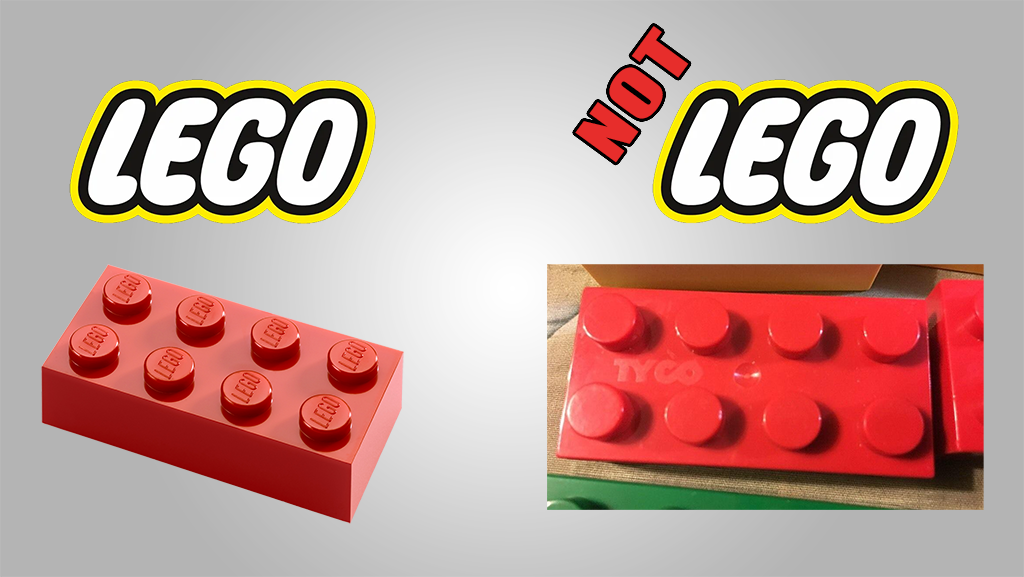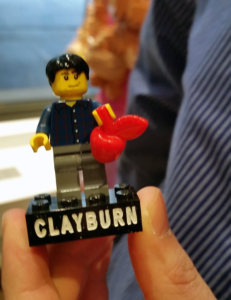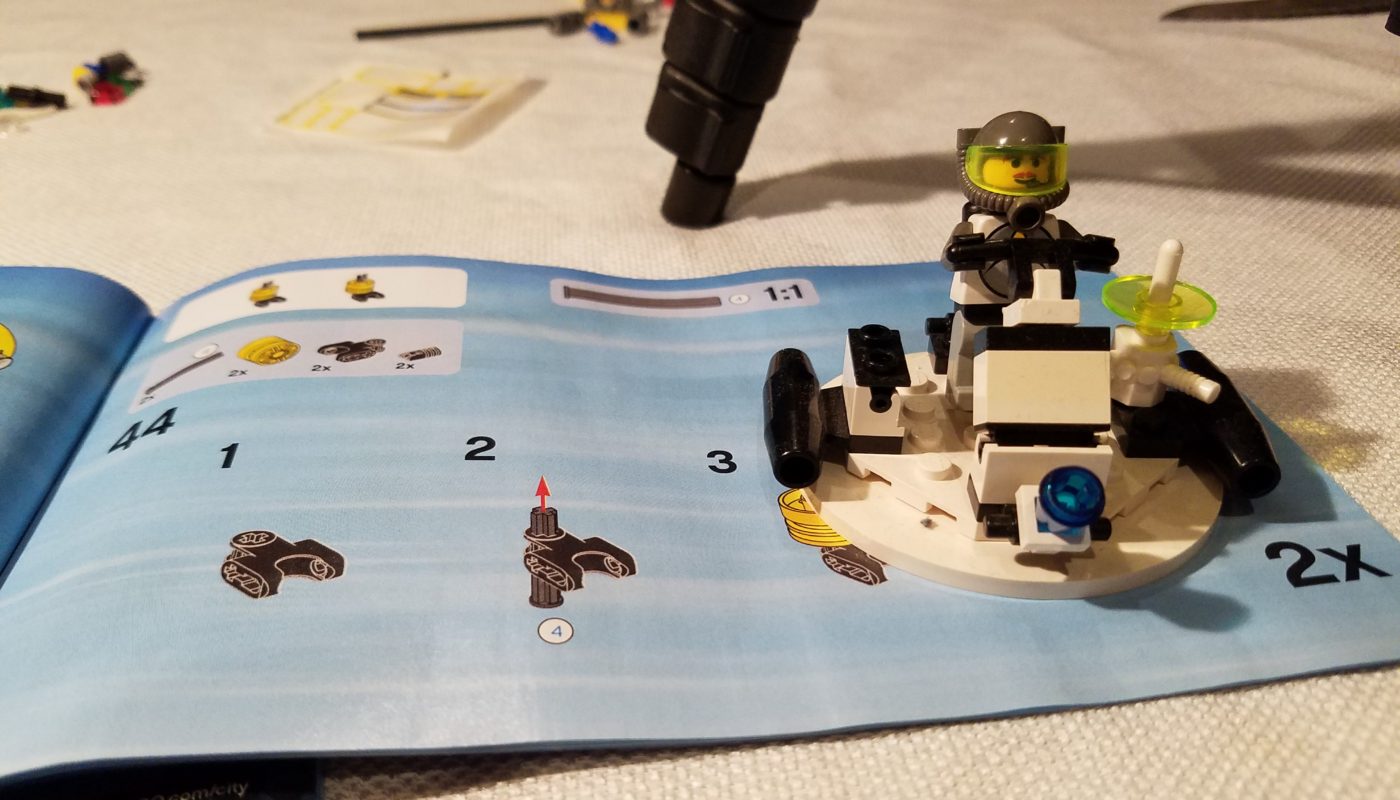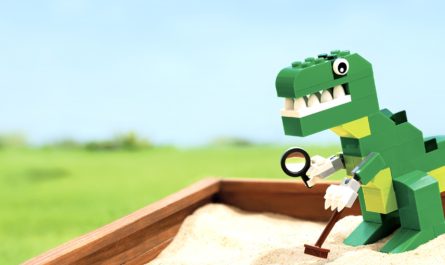If you’re looking for a new hobby, give LEGO collecting a try. Many of us probably have encountered LEGO pieces before, and for those of us who grew up building with them, there’s certainly an added bonus of nostalgia. But whether you’re familiar with LEGO or not, it’s an easy hobby to jump into.
LEGO vs Other Building Blocks
First off, if you want to start getting into LEGO, you should commit to sticking with LEGO-brand. There are a lot of different building block toys to choose from, such as Playmobil and Mega Bloks. There’s nothing wrong with those, and ultimately it comes down to personal preference. Many LEGO fans, me included, would tell you that LEGO is superior for a variety of reasons, but those aren’t really important here. The important thing is consistency. You don’t want to mix and match because many of these toy blocks won’t work together. So pick what you like best and try to stick to that. (Though if you’re a Halo fan, having a few Halo Mega Bloks won’t end in disaster!)

There are also “LEGO Compatible” blocks out there. These are generally best avoided because the quality will be sub-par. However, there are a few specific niches where you can’t find official LEGO-brand products. For example, if you decide to build a LEGO table sometime, you’ll likely have to resort to some LEGO compatible strips to line the top with. So, for certain specialty products, you might have to settle for non-LEGO solutions, but be sure to read reviews to ensure the quality is worth it. The last thing you want is to buy some cool LEGO compatible product that isn’t compatible with your LEGO collection!
Learning the Terminology
You’ll find that the LEGO community has a bit of lingo which can be confusing at first. We won’t get into the really geeky stuff, but you should know a few of the basics. You’ll hear a lot of acronyms from LEGO fans, and the most common will probably be AFOL which means Adult Fan of LEGO. There are also TFOLs and KFOLs, Teen and Kid Fans of LEGO, respectively.
You might also hear people referring to a LUG, a LEGO User Group, which are local LEGO clubs around the world. MOC stands for My Own Creation, referring to anything you made yourself out of LEGO, rather than built by following instructions. Likewise, an SEC is Somebody Else’s Creation.

You’ve probably seen little LEGO people before. Well, those are called minifigures or minifigs, unless they’re the “for girls” version which are called mini-dolls. A SigFig is what you call a minifigure that represents you.
As for the bricks themselves, many have their own nicknames but usually you can refer to their dimensions, based on the number of studs, the distinct LEGO bumps at the top which are half of the the interlocking magic of the LEGO system. A typical LEGO piece is called a brick and plates are the shorter pieces, technically 1/3 the height. Three plates put together will be the same size as a brick. And tiles are pieces that are flat on top, without studs. You’ll hear people referring to pieces such as 1×3 brick, 2×4 plate, etc.
Finally, be aware that many LEGO fans are dogmatic about not saying “Legos”. However, there is nothing wrong with using “Legos” to describe a bunch of LEGO pieces. It’s mostly a gate-keeping thing, and the use of “Legos” is fairly common in the US, but it is unusual in Europe.
Buy Your First Legos!
Unless you have a sizable collection from your childhood that you can dig up, you’ll need to spend some cash on your first pieces. This can certainly be a pricey hobby, but unlike Pokemon, there is no need to feel you have to “catch ’em all”. So set your budget and stay within that.
What you buy really comes down to what you want to get out of the hobby.
If you’re a collector, then you’re going to want to pick themes you like and try to buy as many sets from them as you can afford. For example, some people might stick mostly to the Space theme, or to the Pirates theme. There are also a lot of licensed themes, such as Star Wars or Harry Potter. You should also look into the Collectible Minfigures (CMFs) which come in blind bags and typically consist of unique minifigure parts and accessories only available during that series run. So, as a collector, that’s where you’ll find good collectible pieces.
If you’re more interested in building cool things than you are just having lots and lots of pieces, then you can be more practical in your approach. You might want to look at 2nd hand markets, such as Bricklink (the biggest LEGO market online) or local garage sales, to get good prices on bricks in bulk. Remember that licensed sets have a big markup too. Disney needs their money! So, for building, you’ll get more bang for your buck by sticking with unlicensed sets. The LEGO Classic theme is LEGO’s “box of pieces” products. They come in different size options and include a bunch of common pieces in an array of colors.
Some people prioritize minifigure collection. A single minifigure on the 2nd hand market could range from $1 to $12, with a few special rare ones being way, way more than that. The Collectible Minifigures are typically around $4 each, but since they come in blind bags, you’ll have to get good at feeling the bag to avoid accidentally buying duplicates. (You can also buy full sets on Amazon usually for a bit of a markup.) Aside from buying minifigures directly, look into “People Pack” sets which are sets that come with many minifigures. The “Starter Sets” are smaller sets, usually around $10, that include about 4 minifigures relevant to that particular theme. So those are great options too if you’re looking to get your minifigure collection going.
Displaying My LEGO Builds
For many LEGO fans, the best part is figuring out how best to show off our builds, whether they’re MOCs or a standard LEGO set. There are many ways to go about displaying LEGO creations, and what works for you is highly dependent on your living situation. The more space, the better!
The simplest method is shelves. I’d suggest using white shelves so the LEGO pieces stand out more. Some of the more complicated display methods involve mounting sets to the wall or hanging them from the ceiling. Typically people use this method to display flying vehicles like spaceships and planes.
Regardless of how you display your builds, dust is going to be a huge issue! You should remember to dust often, and consider buying cans of air to blast away dust. If you let it set too long, it’ll collect moisture out of the air and become a bit gunky and harder to get rid of. So dust your Legos off before it gets to that point.
I think the ideal way to display LEGO builds is enclosed in display cases. This prevents dust from gathering.
Storing and Organizing Legos
Now once you’ve got a lot of LEGO pieces, you’re going to want a good system for storing and organizing. There are many different options here and you should research and find the one that works best for you. Personally, I would suggest buying some basic storage bins and hardware cabinets. You can use something like a hardware cabinet or even a tackle box to organize small pieces, and put larger pieces in plastic bins, about the size of a shoe box. You can also use Ziploc bags if you want to keep pieces together, such as a set you took apart, or all the minifigures from a particular Series.
Worst case scenario, you just toss everything into one big bin. No points for organization, but if you don’t mind the chaos, it’s an easy solution.
Conclusion
The great thing about LEGO is you can make just about anything out of them, and that’s what makes collecting Lego such a great hobby. There are no right or wrong ways to do it, and there are as many ways to go about collecting them as there are ways to put them together. You can collect them because you like the cute little Disney people, or you can collect them because you want some big, scary pirate ships. You can build stuff for decoration or put together scenes for photographing and sharing on Facebook. You could even “collect” digitally by sticking to the LEGO video games or creating virtual designs with programs like Bricklink’s Stud.io or LEGO Digital Designer.
There really is something for everyone, and with LEGO, the only limit is your imagination.


